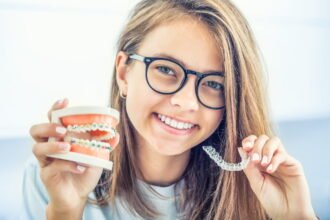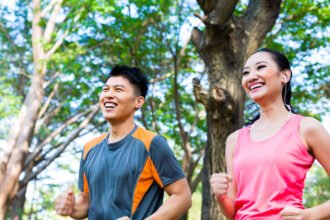About 800,000 people die each year from cardiovascular disease. But as many as 200,000 of the deaths from heart disease and stroke could be prevented if people made healthy changes including stopping smoking, maintaining a healthy weight, doing more physical activity, eating less salt and managing their high blood pressure, high cholesterol and diabetes, says a government report out today.
About 800,000 people die each year from cardiovascular disease. But as many as 200,000 of the deaths from heart disease and stroke could be prevented if people made healthy changes including stopping smoking, maintaining a healthy weight, doing more physical activity, eating less salt and managing their high blood pressure, high cholesterol and diabetes, says a government report out today.

Although the rate of death (deaths per 100,000 people) from cardiovascular disease declined by 29% between 2001 and 2010, it’s still the leading cause of death in the USA, says the report from the Centers for Disease Control and Prevention (CDC). It accounts for one in three deaths in this country.
“These findings are really striking because we are talking about hundreds of thousands of deaths that don’t have to happen when they happen,” says Thomas Frieden, director of the CDC.
For the latest analysis, CDC researchers looked at National Vital Statistics System mortality data from the period 2001-2010.
Preventable/avoidable deaths were defined as all deaths from heart disease and stroke in people under age 75 because if their risk factors (smoking, blood pressure, high cholesterol, obesity, physical inactivity) had been under control they should have lived longer, says the lead author Linda Schieb, a CDC epidemiologist. The current life expectancy in the USA is age 78 so if people died sooner than that it is considered early or premature, she says.
• About 56% of preventable deaths from cardiovascular disease (112,000 deaths) in 2010 occurred in people under 65 years old. That number remained about the same between 2001 and 2010.
• The number of preventable deaths from heart disease and stroke decreased by 25% between 2001 and 2010 for people ages 65 to 74.
• Still, the highest overall death rate from cardiovascular disease was in the 65-74 age group with 401.5 deaths from cardiovascular disease per 100,000 people.
• Men have the highest risk of death from heart disease and stroke across all races and ethnic groups. Black men are most at risk.
• Blacks are nearly twice as likely as whites to die early from heart disease and stroke.
• Compared with whites, blacks have a higher prevalence of cardiovascular risk factors including high blood pressure, type 2 diabetes, obesity, physical inactivity, low consumption of fruit and vegetables and poor control of bad (LDL) cholesterol.
• Rates of preventable death from heart disease and stroke are highest in the South.
It’s unfortunate that your longevity may be influenced more by your “ZIP code” than “genetic code,” Frieden says.
He says preventable death rates may decrease when more people have health coverage and access to screening and treatment through the Affordable Care Act.
“This report shows we’re making some improvements, but we’re not making enough improvements especially for people at high risk such as black men and women,” says preventive cardiologist Gina Lundberg, an assistant professor of medicine at the Emory University School of Medicine in Atlanta.
“Americans need to take better control of their health and be more aggressive in controlling their blood pressure, their cholesterol, their weight, their exercise habits — and to stop smoking,” she says.
Cardiologist Mariell Jessup, president of the American Heart Association, says the biggest barriers to success in changing this trend are projected increases in obesity and type 2 diabetes, and only modest improvements in diet and physical activity. “Despite progress in smoking, high cholesterol and high blood pressure rates, obesity and diabetes are on the rise and must be addressed for heart disease and stroke deaths to drop 20% by 2020, a major American Heart Association goal.”
The CDC recommends:
• You should have a conversation with a health care provider about using aspirin when appropriate, controlling blood pressure, managing your cholesterol, and quitting smoking.
• If you don’t smoke, don’t start. If you do smoke, get help to quit.
• Try going for a brisk 10-minute walk, three times a day, five days a week.
• Eat a heart-healthy diet, high in fruits and vegetables and low in sodium and trans fats.
• Work to maintain a healthy weight.
• Know the signs and symptoms of heart attack and stroke and get help as needed.
According to the American Heart Association, most heart attacks involve discomfort in the center of the chest that lasts more than a few minutes, or that goes away and comes back. It can feel like uncomfortable pressure, squeezing, fullness or pain. Symptoms can include pain or discomfort in one or both arms, the back, neck, jaw or stomach. It may include shortness of breath with or without chest discomfort. Other signs may include breaking out in a cold sweat, nausea or light-headedness.
The heart association says that signs of a stroke include face drooping, arm weakness or numbness and speech difficulty.
For more information, go to heart.org/warningsigns.
(heart health / shutterstock)








